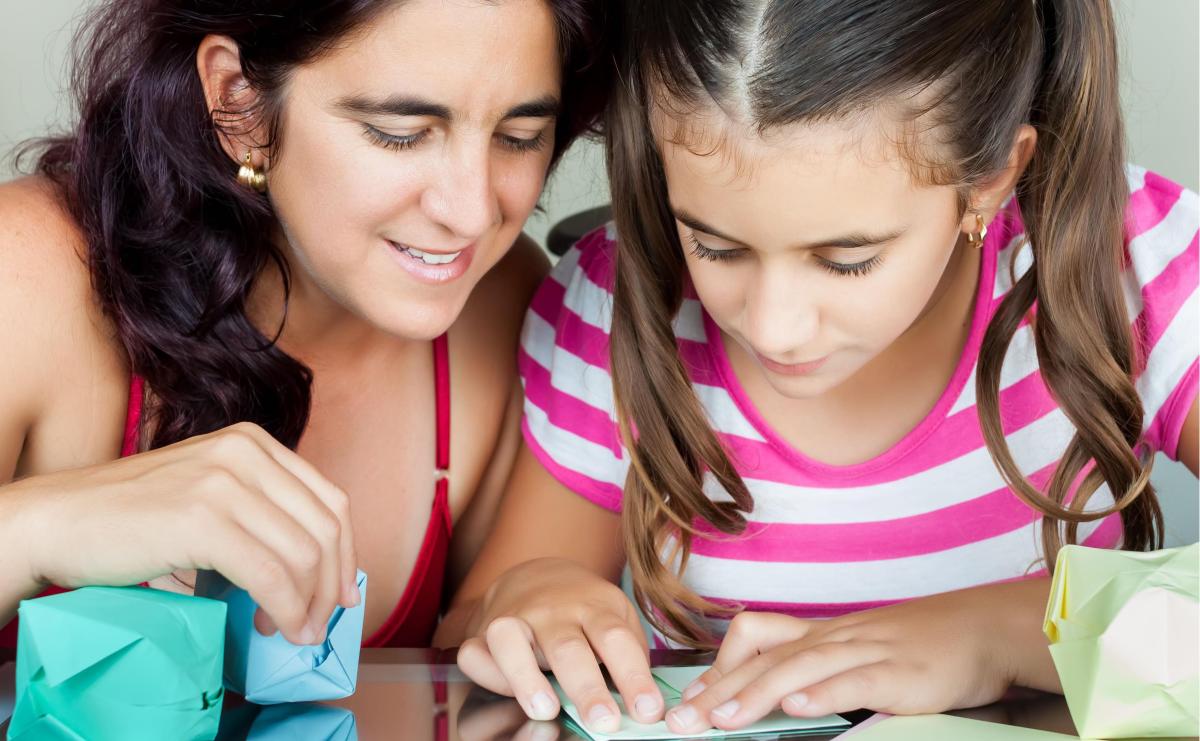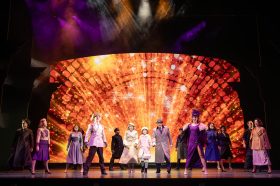What was formerly the education choice of just a few thousand people in Australia is now the unprecedented norm. Welcome to what is now a vastly expanded community of educators and students.
I’ve been homeschooling my own kids and juggling freelance arts journalism for more than 10 years. I’ve learned a few things myself in that time, some of which might be useful to you.
1. First, relax. Seriously, this is going to be OK
There is no one way to homeschool, no right and wrong. Every homeschool experience is different, as unique as your relationship with your child/children. You are the principal of that homeschool and you know best.
There is a plethora of advice to absorb out there. Tread carefully. This is a unique situation. What works for you and your family is all that matters
2. Try unschooling
Your arts practice has been thrown a loop. You are under stress. The same goes for your child/children. Their world and routines are no less disturbed than yours: no friends to mix with; no sport to help blow off steam; no timetable.
So for the first few weeks – and I would say at least the first four weeks – homeschooling should be about unschooling.
- Don’t attempt to replicate a school day.
- Don’t implement a timetable.
- Don’t place an intimidating pile of textbooks on the table. A standing up yelling match is the worst start to homeschooling you can have.
The first lesson you and your children need to learn is how to learn from each other.
You are an artist. You are a skilled observer. Use that skill to become familiar with rhythms of your child’s day and adjust your own if necessary. Play with your children. Sing, dance, draw, make silly faces, do silly voices. Have fun, you need it and they need it.
3. Start slowly and read
The best place to start is, unsurprisingly, with a book. Read to your child/children or, if they’re older, read something for yourself at the same time. Institute ‘reading time’ for everyone in the house – 30 minutes free of work and all digital distraction.
It shows your kids what concentration looks like and it’s good stress management practice for you.
4. Homeschool is 24/7, not 9-3
We’re used to the idea that school is something that happens between 9am and 3pm, with a piano lesson until dinner and sport on Saturday.
Throw that idea out the window. Homeschooling is 24/7. That sounds scary, obviously, but actually it isn’t.
Ninety per cent of homeschool is life being lived. Everything you do as a parent and artist, everything you make and talk about. Ten per cent of it is the curriculum. Your children are watching you and learning from you all of the time. You are growing an adult. Teach them about emotions and how to handle them. Cook with them. Do some gardening. Talk about the TV show you are watching together. Jump around, get some exercise in. Show them what is important. This is all learning. It counts.
5. Time is on your side
If you are face-to-face homeschooling a primary-aged child for more than two hours a day, you are probably overdoing it.
In school, your child is one of 30 or so per classroom. Most of their time is spent filling in worksheets in order to free up time for teachers to attend to individual needs, or to have time to think.
Two hours. Split them up if you need to, one hour in the morning, one in the afternoon. If your child’s teacher has given your child online work that takes longer than that, just don’t do it. Your child needs creative play more than lessons. If you have a high school child, three to four hours of contact will be plenty.
6. Don’t teach, co-learn
Perhaps you teach as part of your creative practice. That’s great. Maybe you have years of experience in imparting your skills and knowledge. That will be useful. But don’t assume the role of teacher at home. You are still, above all, a parent.
The best way to teach in a homeschool situation, particularly with primary aged kids, is to co-learn. Sit side-by-side, preferably on the couch and learn it together.
Don’t pretend to know. Use your time together as a chance to learn what you never knew, re-visit what you’ve forgotten (everything from the Periodic Table to trigonometry – you can do it!) and challenge your own baked-on misconceptions.
And above all, talk. Ask your child questions. Resist giving them the answer. Lead them to discovering it for themselves. Celebrate when they figure it out.
7. Stay connected
It takes a village to raise a child. Do not attempt to do this entirely alone. You need ideas. So reach out to other parents online. Two Facebook pages I recommend: Home Education Australia Community is full of experienced homeschooling parents who are happy to share online resources with you. Just ask. Or search the page to see what is there.
The other one has a crazy-long name: Home School Due to Virus and School Closures. This groups has 10K+ members who are now suddenly homeschooling. In there, you can vent.
8. Find experts on the web
There’s literally thousands of people who want to explain subjects or answer kids questions. You might have the arts covered but there’s also science, languages and more to cover. Here’s a few that I recommend:
- ABC Education It’s free and packed with Australian curriculum-linked content
- Crash Course (Kids) American, super fun and free. I personally love this site and use it every day. It covers everything and right up to college level
- Khan Academy The big dog in home education. An incredible US website with all school subjects covered from kindie right up to university. It’s ideal for a quick lesson on something you’ve forgotten, especially maths (though the measurements are usually in US imperial).
- Brain Pop Free during the crisis or small monthly fee, American animated content, very high quality and lots of fun. My kids adored this when they were younger.
- Ted-Ed The junior version of Ted talks. Free and fascinating.
- Duolingo Free language learning that includes Klingon.





